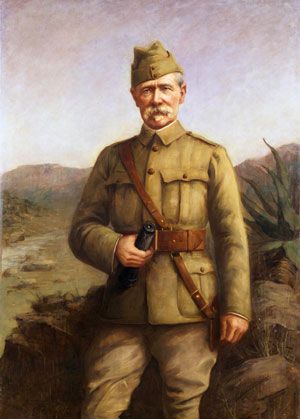
Roberts Road, French Street, Raglan Street
The street running parallel to Kitchener Street, behind the old hospital in Totara Street, was named after the South African War general, Frederick Roberts. Roberts was Commander-in-Chief of India 1885-93 and served as Supreme Commander in South Africa.
The first road running from Roberts Road to Kitchener Street was named after Sir John French, who was Cavalry Commander in the South African War. He also served in World War One, being in charge of the British Expeditionary Force in France before being replaced by General Haig.
The next street was named Raglan Street for Fitzroy Raglan, who served at Waterloo under Wellington. He was later to lead the British Forces in the Crimea, and gave the order for the fateful charge of the Light Brigade. The raglan overcoat is also named after him.
Pic: Earl Roberts was one of the most successful commanders of the Victorian era.
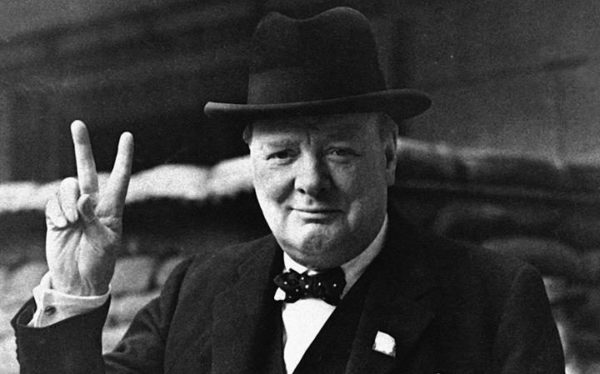
Gordon Street Churchill Avenue
The last of the streets named after military leaders in 1904 was Gordon Street, named after one of Britain’s greatest generals, Charles Gordon. This Victorian hero is mainly remembered for his defence of Khartoum during a protracted siege which ultimately resulted in his death.
The naming of streets after “noted commanders” continued after World War Two when more subdivisions were created. When the first of these streets was created in 1949 it is hardly surprising that commanders and leaders from the war just ended should figure prominently. Churchill Avenue commemorates the inspirational British Prime Minister, Sir Winston Churchill.
Pic: Winston Churchill was the inspirational leader of Great Britain during World War Two.
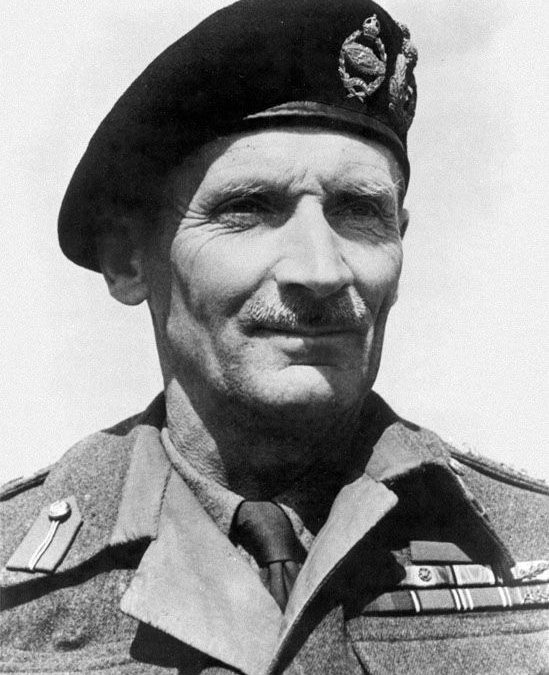
Montgomery Crescent, Montgomery Place and Alamein Court
Montgomery Place and later Montgomery Crescent recall the revered leader of the Eighth Army in North Africa, Viscount Montgomery.
When the Masterton Borough Council built a housing area off Montgomery Place in 1976 it was proposed to call it Anzac Place, but it was decided that it was more appropriate to name it after a battle more closely allied with Montgomery, and Alamein Court was chosen. Montgomery’s defeat of Rommel’s Afrika Korps at El Alamein proved to be the turning point of the war in North Africa.
Pic: Bernard Law Montgomery, served in both World Wars.
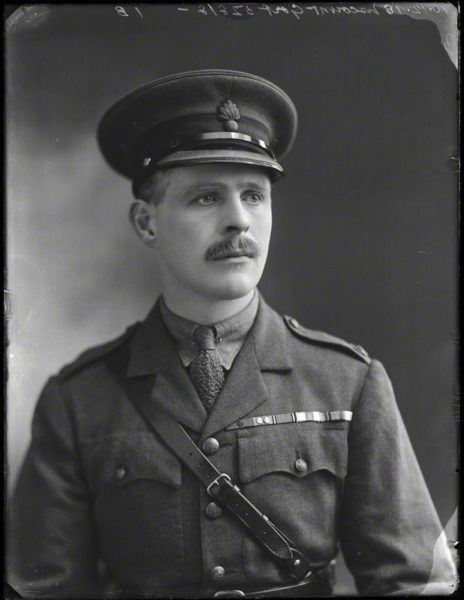
Wavell Crescent and Gort Place
Further subdivision in the area in the early 1960s resulted in the creation of two new streets, Wavell Crescent and Gort Place. Earl Wavell had been Commander-in-Chief of the British forces in the Middle East, and was later Supreme Commander Allied Forces Southwest Pacific. He served as Viceroy in India from 1943 until 1947.
Viscount Gort was an Irish aristocrat renowned for his bravery, winning the Victoria Cross and other medals for courage during World War One. In World War Two he commanded the British Expeditionary Force in France from the outset of war until the evacuation from Dunkirk.
Pic: Lord John Gort was Commander-in Chief of the British Expeditionary Force in Western Europe
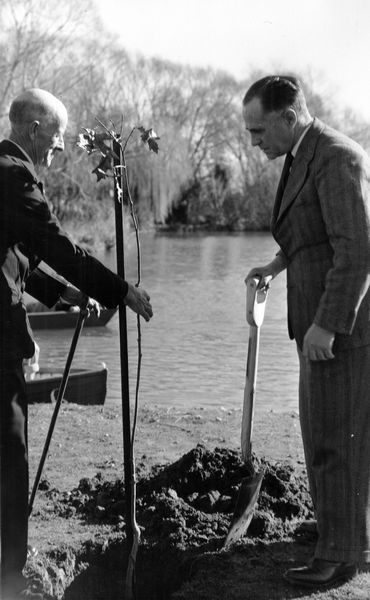
Allenby Street and Kippenberger Street
A further military street was added in 1969 when Allenby Street was built. Viscount Allenby served in both the South African War and in France during World War One but is best remembered for his deeds in defeating the Turkish armies in Palestine during the last months of World War One.
The last of the streets to be named after a military figure was Kippenberger Street, commemorating Sir Howard Kippenberger. The only New Zealander among these “noted commanders”, Kippenberger was born in 1897 in Canterbury and practiced as a solicitor. He served as a private in World War One but joined the Territorial Force after the war, rising to Lieutenant Colonel. During World War Two he commanded the New Zealand Division at various times, and was decorated with the DSO and bar. After the war he was the Dominion President of the Returned Servicemen’s Association for many years.
Pic: Masterton Park Superintendent Frank Knowles assisting Major General Sir Howard Kippenberger plant the first oak on the drive around the Masterton Park lake extension
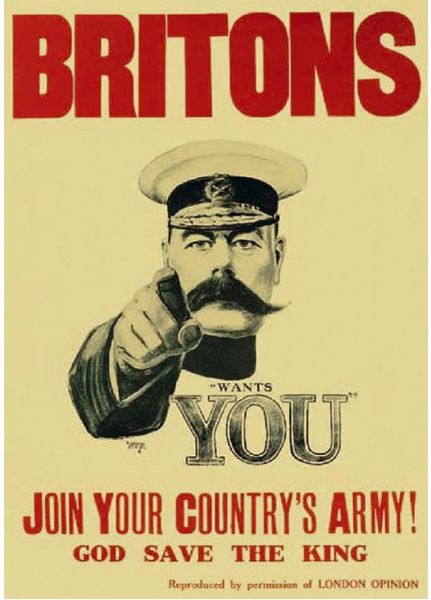
Kitchener Street
The street “running eastward from the Lansdowne homestead was designated Kitchener Street. Herbert Kitchener was a popular figure in 1904, having been British Commander-in-Chief in the South African War. He was to become even more famous as the Secretary for War during World War One, recruiting a great army before he died when H.M.S. Hampshire struck a mine in 1916.
Pic: Lord Kitchener became the face of recruitment during World War One.






